I'm pretty new to the Big-O field, so bear with me here. I have been searching about it as much as I could but I still need a lot of work to fully understand it.
I came across these nested for loops in a practicing exercises and there wasn't any solutions and they seem complicated. So, any help would be appreciated.
1)
int sum=0;
for(int i=0; i < n^2; i++) { // n+1
for(int j = n-1; j >= n-1-i; j–-) { // n(n+1)/2 ?
sum = i+j; // n(n+1)/2 ?
System.out.println(sum); // n(n+1)/2 ?
}
}
Big-O = ?
2)
int sum=0;
for(int i=1; i <= 2^n; i=i*2) { // log(n)
for(int j=0; j <= log(i); j++) { // log(n(n+1)/2) ?
sum = i+j; // log(n(n+1)/2) ?
System.out.println(sum); // log(n(n+1)/2) ?
}
}
Big-O = ?
3)
int sum = 0; int k = 23;
for(int i=k; i <= 2^(n−k); i=i*2) { // log(n)
for(int j=2^(i−k); j < 2^(i+k); j=j*2) { // log(log(n)) ?
sum = i+j; // log(log(n)) ?
System.out.println(sum); // log(log(n)) ?
}
}
Big-O = ?
4)
int sum=0;
for(int i=2n; i>=1; i=i/2) {
for(int j=i; j>=1; j=j/2) {
sum = i+j;
System.out.println(sum);
}
}
Big-O = ?
EDIT:
- Corrected #4. Sorry for the mess up.
- Base of the log is 2.
- The ^ here means "to the power", not xor.



